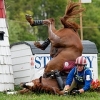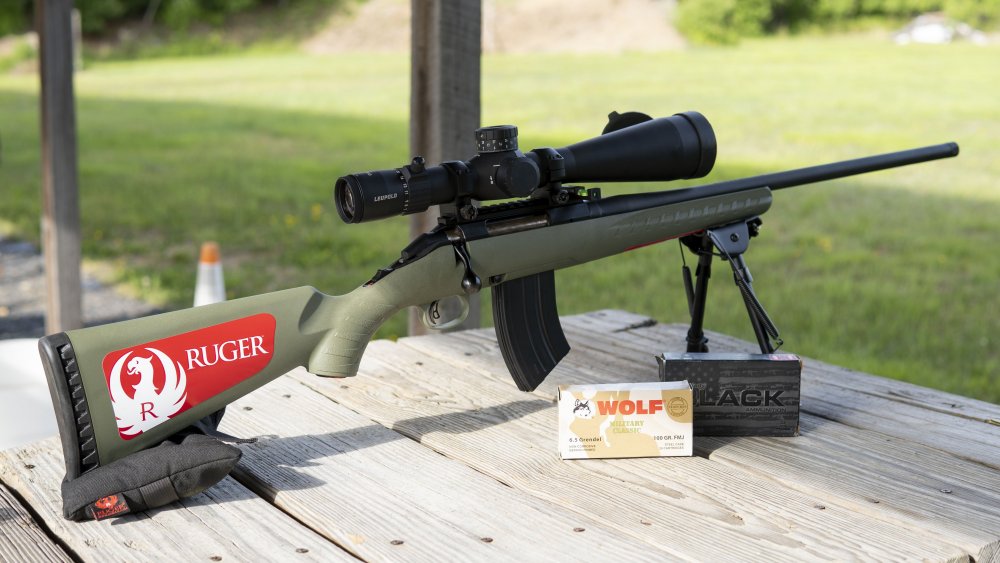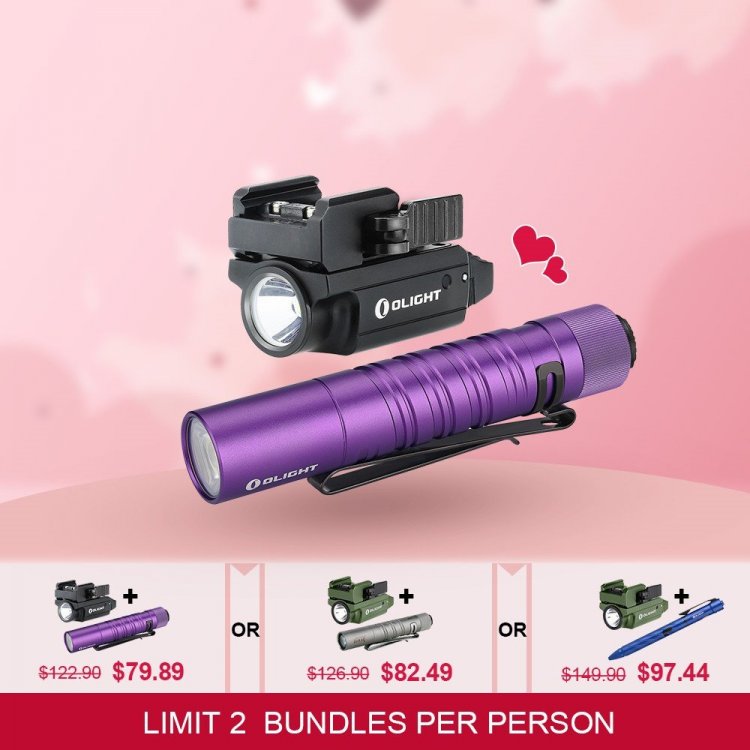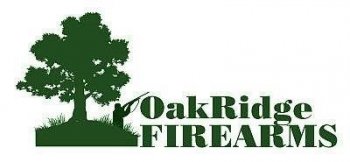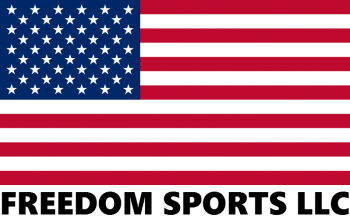-
Supporting Vendors
-
Latest Topics
-
-
Posts
-
N.J. Family Man From Quiet Suburbs Speaks Out About Home Invasion By John Petrolino | 1:01 PM | May 03, 2024 John Kabourakis talked about his community and how the location is perfect for an active family that enjoys doing things and staying on the go. Kabourakis then talked about the early morning of February 29, 2024. After hearing a loud noise, Kabourakis retrieved his handgun and went to investigate. Having children in the home is cause to investigate things that go bump in the night, and Kabourakis said he walked down a hallway to a second story landing in his home. While on the landing he said, “I'm looking down into my kitchen area and I see a flashlight moving my kitchen, and all of a sudden a person came into my focus, wearing a hoodie, a mask, gloves, and [was] carrying a flashlight.” Linky thingy: https://bearingarms.com/john-petrolino/2024/05/03/nj-family-man-from-quiet-suburbs-speaks-out-about-home-invasion-n1224765?utm_source=badaily&utm_medium=email&utm_campaign=nl&bcid=00ea90fbf351bbfd29c96affd26f2dca49954a466ec9e3e8139f308bd8a1cb93
-
By diamondd817 · Posted
What's the crime for riding a dirt bike on the street? Most likely a fine, misdemeanor at most. That justifies causing severe bodily injury through use of lethal force by auto? There is no way to predict that he would have hit anyone, it's more like a 99.9% he wouldn't have hit anyone. And that was a 2 lane road, not a pedestrian walkway. Hopefully he hires a good lawyer and everyone is held accountable for their actions. -
By High Exposure · Posted
Seriously? “Sounds Fishy”? You can’t think of a reason why the cop thought that was going to happen after watching the video? The cops are there after multiple reports/complaints of vehicles in the pedestrian walkway and reports of near misses. The ATV is on a pedestrian walkway where there are not supposed to be any vehicles and is moving at very fast pace. If he couldn’t stop for the police car, what makes you think he could stop in time for a pedestrian. He dynamited the breaks to avoid hitting the car and lost complete control of the ATV. Luckily the mass of the car prevented it from continuing to tumble down the walkway and take out pedestrians like bowling pins. If he had hit the brakes like that to avoid hitting a pedestrian instead of the car, would the ATV not have flipped? What would the now out of control ATV have done to any people in the walkway? Would the first person be hit have enough mass to stop the ATV in its proverbial tracks? I have seen plenty of pedestrians stuck. It is never like the movies. They don’t parkour out of the way of a speeding car - especially when pushing a baby carriage and the vehicle is approaching from the rear in a place where you think you are safe because vehicles are not permitted.
-
-

